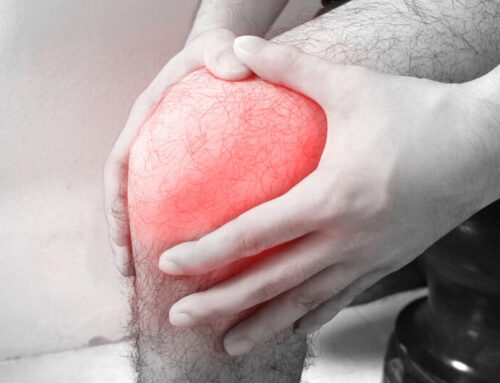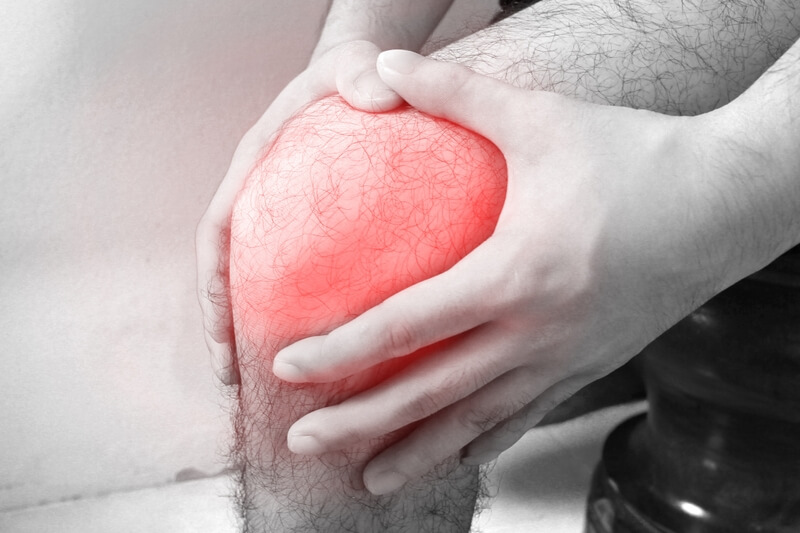
Introducing Minimally Invasive Lumbar Decompression (M.I.L.D.)
Introducing M.I.L.D. – A Revolutionary Approach to Lumbar Decompression
Back pain affects millions worldwide, significantly diminishing the quality of life for those suffering from lumbar spinal stenosis. Traditional surgeries can be daunting, with lengthy recovery periods and significant risks. Minimally Invasive Lumbar Decompression (M.I.L.D.) emerges as a revolutionary solution, offering effective relief with minimal disruption to daily life. This cutting-edge procedure is reshaping the approach to back pain management, delivering exceptional results with a minimally invasive technique.
Understanding Lumbar Spinal Stenosis
Causes, Symptoms, and the Need for Treatment
Lumbar spinal stenosis is a condition where the spinal canal narrows, leading to nerve compression and debilitating pain. It is primarily associated with aging, but other factors also contribute:
- Aging: Over time, wear and tear on the spine can lead to degenerative changes, including thickened ligaments and bone spurs.
- Arthritis: Inflammation from osteoarthritis or rheumatoid arthritis can exacerbate spinal narrowing.
- Herniated Discs: When discs between vertebrae bulge or rupture, they can compress nearby nerves.
Common symptoms include:
- Persistent lower back pain that worsens with activity
- Tingling, numbness, or weakness in the legs
- Difficulty walking, often relieved by sitting or leaning forward
Early diagnosis and treatment are crucial to prevent further deterioration and maintain mobility.
What Is M.I.L.D.?
Overview of Minimally Invasive Lumbar Decompression
M.I.L.D. is a groundbreaking procedure aimed at alleviating pain caused by lumbar spinal stenosis. By removing excess ligament tissue and decompressing the spinal canal, it reduces pressure on the nerves. This minimally invasive approach eliminates the need for large incisions, extensive tissue damage, or lengthy hospital stays.
How M.I.L.D. Differs from Traditional Procedures
- Incision Size: M.I.L.D. requires a tiny incision, reducing scarring and healing time.
- Recovery Time: Patients often experience same-day mobility and significantly shorter recovery periods.
- Risk Profile: The procedure is associated with lower risks of infection, blood loss, and complications compared to traditional surgeries.
This innovative technique prioritizes patient safety and comfort without compromising effectiveness.
The M.I.L.D. Procedure
Step-by-Step Breakdown
- Preparation: The patient is given local anesthesia, ensuring comfort while remaining conscious. Imaging guidance, such as fluoroscopy, is used to locate the affected area.
- Incision: A small incision, about the size of a pencil eraser, is made in the lower back.
- Decompression: Specialized instruments are inserted through the incision to remove hypertrophic ligamentum flavum, alleviating nerve compression.
- Closure: The incision is closed with an adhesive bandage, eliminating the need for sutures.
Tools and Techniques Used
- Fluoroscopy: Real-time X-ray imaging ensures precision.
- Specialized Instruments: Designed for minimal invasiveness, these tools allow surgeons to operate effectively through a small opening.
Benefits of M.I.L.D.
Minimal Invasiveness and Reduced Downtime
The hallmark of M.I.L.D. is its minimally invasive nature. Unlike traditional surgeries requiring large incisions and significant tissue disruption, M.I.L.D. offers:
- Minimal blood loss
- No general anesthesia
- Same-day discharge
Patients can resume daily activities within days, making it an attractive option for those seeking quick recovery.
High Success Rate and Long-Lasting Relief
Studies show that over 85% of patients experience significant pain relief and improved mobility following M.I.L.D. The procedure’s precision and targeted approach contribute to these positive outcomes.
Who Can Benefit from M.I.L.D.?
Ideal candidates include:
- Adults with mild to moderate lumbar spinal stenosis
- Patients seeking non-surgical alternatives
- Those who have not responded to conservative treatments like physical therapy or medications
Comparing M.I.L.D. with Traditional Surgeries
Key Differences in Recovery and Effectiveness
Traditional lumbar surgeries, such as laminectomy or spinal fusion, often require extended recovery periods and carry higher risks of complications. In contrast:
- M.I.L.D. involves no hospital stay and significantly less postoperative pain.
- Traditional surgeries may lead to adjacent segment disease, whereas M.I.L.D. preserves the spine’s natural structure.
These distinctions make M.I.L.D. a preferred choice for eligible patients.
Preparing for M.I.L.D.
Pre-Procedure Guidelines
Preparation is straightforward but essential for optimal outcomes:
- Medical History: Provide a detailed medical history to your physician.
- Medications: Disclose any blood thinners or other medications that may affect the procedure.
- Logistics: Arrange for transportation on the day of the procedure, as driving post-procedure is not advised.
Questions to Ask Your Physician
- What are the expected outcomes for my condition?
- How many M.I.L.D. procedures have you performed?
- What should I avoid before and after the procedure?
Recovery After M.I.L.D.
What to Expect Post-Procedure
Recovery is typically quick and smooth, with patients often experiencing:
- Immediate relief from symptoms
- Minimal discomfort at the incision site
Tips for a Smooth Recovery
- Follow all postoperative care instructions.
- Avoid heavy lifting and strenuous activities for the first week.
- Attend follow-up appointments to monitor progress.
Success Stories
Patients’ Experiences with M.I.L.D.
Many patients share remarkable stories of regained mobility and pain relief. For instance, individuals who struggled with simple tasks like walking or climbing stairs often report resuming these activities within weeks of the procedure.
Transformative Outcomes
Clinical evidence underscores the efficacy of M.I.L.D., with high patient satisfaction rates and lasting results.
The Science Behind M.I.L.D.
Clinical Studies and Data Supporting Its Effectiveness
Extensive research supports M.I.L.D. as a safe and effective treatment for lumbar spinal stenosis. Studies highlight:
- Significant reduction in pain scores
- Improved quality of life metrics
- Minimal complication rates
Potential Risks and Considerations
Understanding Possible Side Effects
While M.I.L.D. is generally safe, potential risks include:
- Minor soreness at the incision site
- Rare cases of infection or nerve irritation
Who May Not Be a Candidate for M.I.L.D.?
M.I.L.D. may not be suitable for patients with:
- Severe spinal deformities
- Advanced spinal instability requiring more extensive intervention
Cost of M.I.L.D.
Insurance Coverage and Affordability
Most insurance providers cover M.I.L.D., recognizing its clinical benefits. Patients should verify coverage specifics with their insurers to avoid unexpected costs.
Finding a Specialist
How to Choose a Qualified Physician
Selecting the right specialist is critical:
- Ensure the physician is board-certified in minimally invasive spine procedures.
- Review patient testimonials and success rates.
Questions to Ask During Consultation
- How much experience do you have with M.I.L.D.?
- What are the potential outcomes for my specific condition?
FAQs About M.I.L.D.
- What is M.I.L.D.? M.I.L.D. stands for Minimally Invasive Lumbar Decompression, designed to treat lumbar spinal stenosis by relieving nerve compression.
- How long is the recovery time? Most patients resume light activities within 24-48 hours.
- Is M.I.L.D. safe? Yes, it is FDA-approved with an excellent safety profile.
- Will insurance cover M.I.L.D.? Many insurance plans cover it. Confirm with your provider for details.
- Who performs M.I.L.D.? Only trained and certified specialists in minimally invasive procedures.
- Can it treat all back pain? M.I.L.D. is specifically effective for lumbar spinal stenosis and may not address other causes of back pain.
Conclusion
Why M.I.L.D. Is a Transformative Option for Back Pain Relief
Minimally Invasive Lumbar Decompression provides a safe, efficient, and patient-centered approach to managing lumbar spinal stenosis. Its minimal invasiveness, quick recovery, and proven effectiveness make it a transformative option for those seeking relief from chronic back pain without the challenges of traditional surgery.
Share this article
Follow us
A quick overview of the topics covered in this article.










